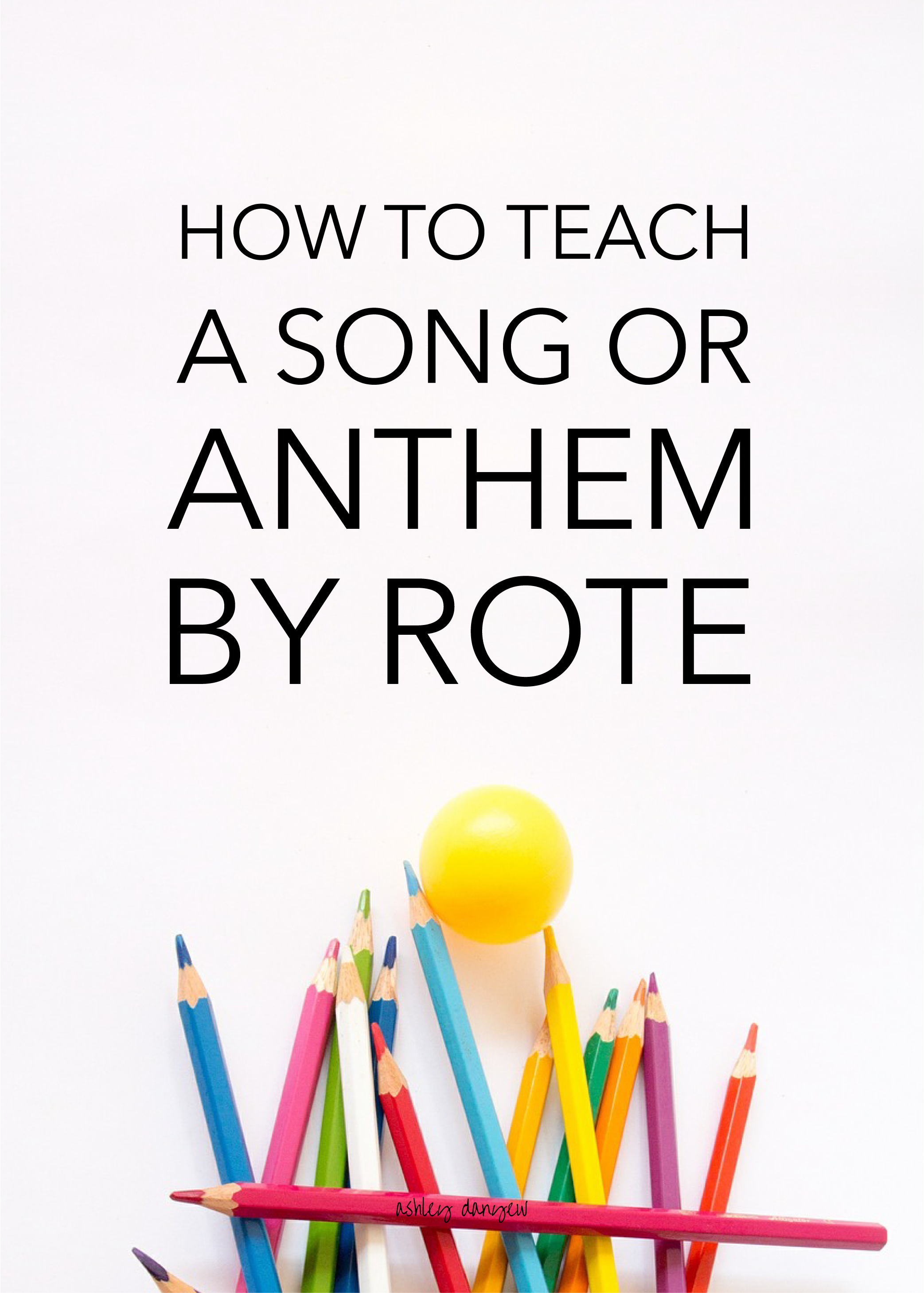One of the most exciting things about being a teacher is improvising.
I’m sure I already have some disagreement out there. Now, I admit I am the “planning-type.” I arrive 15 minutes before my first lesson so that I have enough time to plan activities for particular students and to make sure my materials are in order. This week was no different. I arrived at 3:00 p.m. for a 3:15 p.m. lesson. I had a rhythm activity planned for a later lesson making use of that stress ball I got last semester. 3:15 p.m. came and went with no sign of my student.
About 15 minutes later, a frazzled mother and a bright-eyed, grinning five-year-old girl appeared. “I’m so sorry we’re late – and I forgot her book bag – you have copies of her books, right?” Normally, yes. This particular day, no. I took the first few volumes home the night before for some lesson preparation. “How about we just play some games today? How does that sound?” “Yeah!” Alison responded eagerly as she jumped up on the bench.
We began with a familiar song. Alison’s choice was “Alouette” from earlier in her lesson book. To make this into a “game,” I challenged her to transposition. She of course doesn’t know the formal term yet but she has responded well to this concept in the past and proceeded to play the piece in G major, F major and Gb major. Next, I pulled out the stress ball. “Now let’s play the song with this ball.”
Poor choice of words as I soon discovered. Alison followed my directions literally and played – finger by finger – the melody of “Alouette” on the ball. Playing along (“I meant to do that…”), I commended her effort. (Note: It’s quite challenging to play a legato melody on the surface of a ball! Try it!) I suggested next we use the ball for the rhythm of the piece (while singing the melody). I set a steady beat and we began passing the ball back and forth in time. After about two measures of nice rhythm: pass-pass-pass-pass, the pattern began to morph into pass-toss-pass-toss, each toss leading me to chase the ball as it escaped across the floor. Next game.
“Can you sing “Alouette” and bounce this ball on your shoulder?” I challenged. “Yes,” came the confident reply. And she did. “Can you sing, bounce the ball on your head and march in place?” “Yes.” And she did. Though multi-tasking, Alison was able to sing the song tunefully and keep a steady beat marching. And though my intention with the ball was to keep a steady beat, Alison often bounced the ball in the rhythm of the song while marching to steady quarter notes (even more impressive!)
We repeated this series of rhythm and movement activities with another familiar piece, “Mary Had a Little Lamb.” Not a former lesson book song, Alison wanted to play this piece before anything else. After demonstrating a few times through, she played it successfully on her own (while singing). The last activity of the lesson was with crayons – excuse me, markers and highlighters (Alison’s selection from the box of coloring utensils). I drew a 2×2 grid on a blank sheet of paper and we sang through “Mary Had a Little Lamb” again. As we sang, I pointed to each empty block:
1 – “Mary had a little lamb”
2 – “Little lamb, little lamb”
3 – “Mary had a little lamb (it’s)”
4 – “Fleece was white as snow”
The project was to write something in each block that represented that part of the song. I expected a picture of a sheep or possibly some quarter notes. Alison drew “E-D-C” in the first block and “D-D-D, E-E-E” in the second block (after some negotiations with the piano). Next week when we finish filling in the blocks I’ll ask if any parts are repeated (i.e. the music/words in blocks 1 and 3) – a beginning lesson on form!
Drastic times call for drastic measures. Lessons learned today: be resourceful, think like a five-year-old, and keep up the change of pace!








